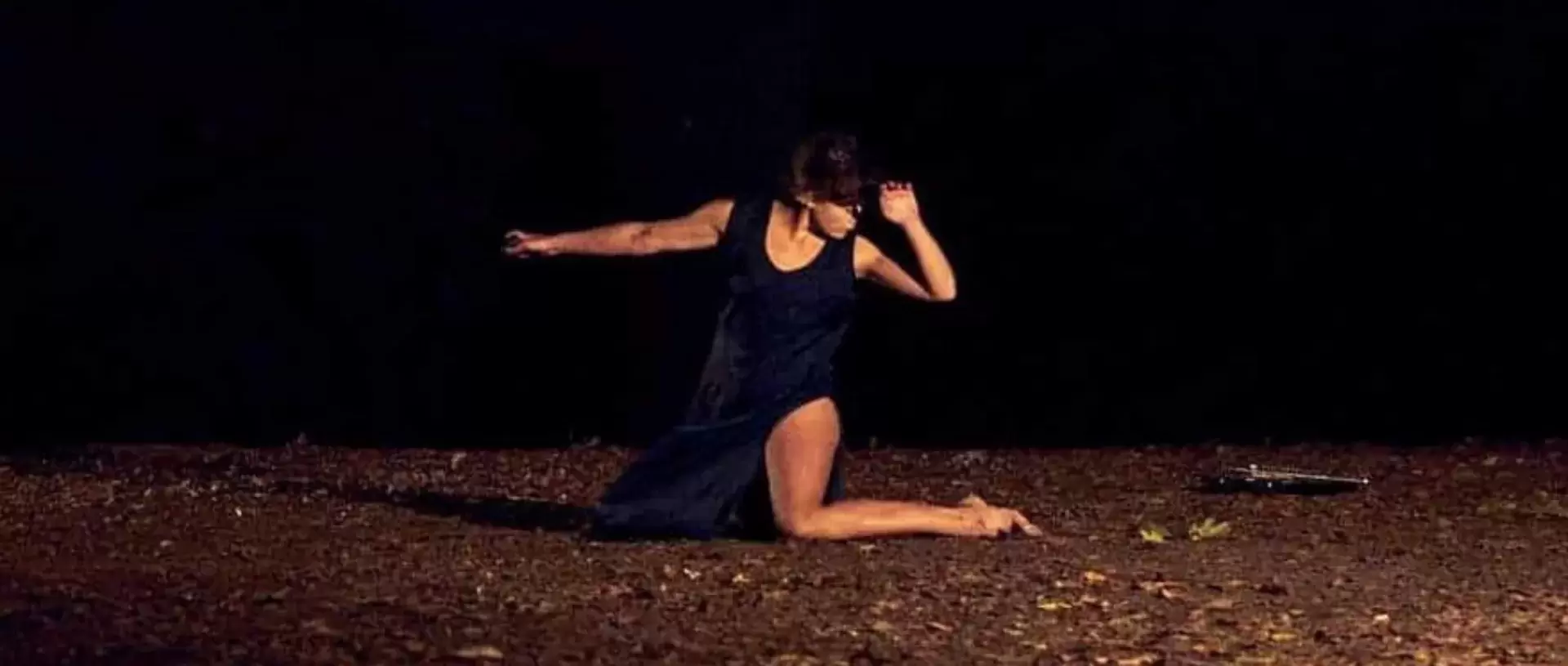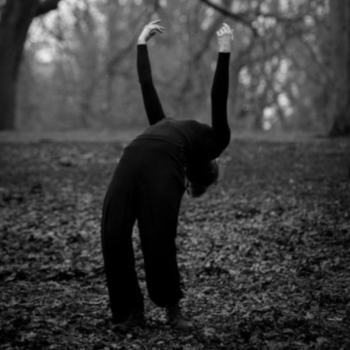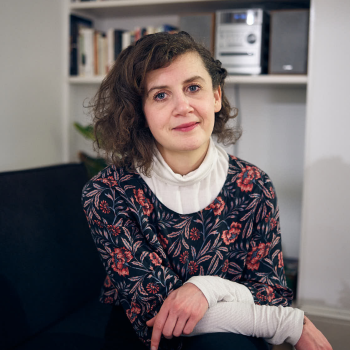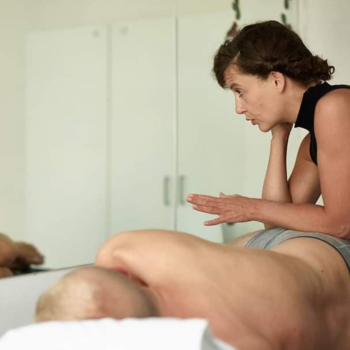As a Dancer, why did you choose to become a Rolfer®?
It was more a series of happenings in my life. If I look at these happenings with the clarity of hindsight what I see is that it was part of my journey in striking the balance between stability and flow. And of course, as someone who had already accepted to follow a path as a dancer, and meet these blessings and challenges, this is very relevant, this balance of adaptability and stability.
I came to Rolfing® firstly as a client, because I had had a big bike crash, then woken up a little under general anaesthetic in the surgery to fix my jaw, and consequently suffered from ptsd. What Rolfing did for me at that time, was stabilise a crisis in my body and in my life. You can imagine the realities of recovering from something like this in the context of the life of a freelance dancer; a big challenge of it was finding the ground, the time, and the space to heal from it.
Then I guess Rolfing, though the hands of Dr Ida Rolf, and all those who she taught, who now teach others, pulled me through into a space where I met my own life more deeply, and its purpose, and dance and Rolfing I now see as having a similar purpose, through me. They are both good at letting us be with the hard stuff in life, and the great stuff that maybe we cannot access when things are challenging. They both help us orient us into length, to grow, to increase our capacity for emotion and being with others, audiences get this when they watch dance, and Rolfing clients get this too when they receive Rolfing. As well as the practical stuff of feeling better if they have back pain, or an injury, or a psychological pattern or challenge they need help with.
What are the benefits that Rolfing can bring to Dancers?
Again Rolfing is very good for the practical stuff, recovering from injury, helping to find new patterns that mean we don’t injure ourselves again in the same way. But also, Rolfing can do so much for our performance quality, from adjusting our relationship to the ground, sky and other performers, to allowing us to inhabit our bodies more fully, so what we can give in performance is so much more. It can also help us feel safer in our bodies, so being seen is much easier, which is so vital as a dancer, being seen is so much part of our job, and getting more comfortable with it does not just enhance the quality of our performances but also to helps us feel more secure, more comfortable, easier as we perform. We become much more powerful performers then.
It is great to hear that some of my Rolfing colleagues around Europe are Rolfing orchestra performers, and the sound the whole orchestra are making is changing, becoming fuller perhaps. We can affect dance performance in this way also. So individual dancers can take care of themselves at the same time as taking care of their performance quality, and so could whole companies, it’s really the same thing, health, orientation and great performance, we could think of it like that.
Author: Certified Rolfer®, Hayley Matthews - UK
Photo Credit: Header and bottom left - Frank Balbi Hansen, bottom middle and bottom right - Alistair H M Simmons










